One of the key challenges facing organisations since we entered lockdown has been how to onboard new employees, both today and in future should even more stringent restrictions come into place over the weeks to come.
Certainly, the challenge is one that goes far beyond the issuing of hardware such as laptops and mobile phones, much of which we are already seeing sent via courier where a face to face handover is deemed inappropriate. Instead, it is much more focused on ensuring a successful induction, both to the tools of work and the teams the person will be working within and facing off to.
Moreover, when we consider the world of the finance professional, we need to be cognisant of the role focus being subject to significant change and, potentially, operating with fewer resources should teams have been placed into furlough or made redundant in recent days. For many finance leaders, whatever the intended mandate in their new role, it is likely that understanding new regulations, negotiating with customers and suppliers, short term business planning, and cashflow management will all be very much to the fore.
Here we reflect on key initiatives we’ve seen come to the fore in recent days and share a 5-step plan for virtual onboarding processes.
Communicate
Without a doubt, every new employee will be feeling some trepidation in advance of their new role in the current climate and especially if still several weeks, or even months, from their start date. Communicating during this period is paramount, even if that is to share the challenges your organisation is facing – your new hire might even help with some of the solutions in advance of joining. Ensure all technology (laptops, email, video conferencing, etc.) works well in advance to avoid issues on day one.
Introduce key stakeholders
Beyond the usual informal introductions, a thorough and well-structured plan to introduce all of their key stakeholders is essential for the new employee to feel immediately part of the team and gain a firm grasp on how the organisation and its people operate. There are a whole host of options to choose from to support proper face-to-face interaction, including MS Teams, Skype for Business, Zoom, Slack, Google Hangouts, etc. These video conferences will quickly help build understanding, form stronger connections and more easily embed the new employee into company culture. And remember, it is likely to be as new a way of interacting for them as it is for your current workforce.
Focus on systems, processes and documentation
For the new employee, navigating new systems and accessing information remotely can initially be challenging, so having detailed induction plans and well documented processes will make life far easier. Utilise visual aids such as videos and screen shots wherever possible. Documenting what you require from the employee is equally important to establish key deliverables, especially during this period of extreme uncertainty where priorities are shifting daily.
With most interaction coming from behind a screen, be careful of information overload and ensure that instructions are properly understood before advancing to the next stage of induction. It is an unusual method of learning for most people not to have face-to-face human interaction. You need to be aware that everyone is different in how they assimilate information, so be prepared to vary it as required between written, visual and video sources.
Remember company culture
In crisis mode, it can be easy to forget the fundamentals of your organisation in relation to purpose and values. Like every introduction, you only get one chance to make the right impression and, for new virtual employees, you have to work even harder to make your culture real and ensure they do not become isolated from the broader team. Think about how you can help new employees forge the kind of social relationships they would usually build in the office, whether than be implementing a “buddy” system, creating more chat orientated channels using tools such as Slack, or regular video catch-ups after work to socialise, perhaps even over a beer or glass of wine!
Continually review and adjust
For many organisations, this is uncharted territory and there is no blueprint for success. We are constantly adjusting to this unprecedented situation and technology is being used in new and innovative ways that will likely make life easier over time. With every new employee onboarded during this period, ask them for feedback and to critically evaluate the process. After all, their opinion matters more than most and they can be part of the solution in making it better for future employees. And, who knows, beyond the COVID-19 crisis, virtual onboarding may well become standard practice in your organisation, so fine tuning your approach may have many long lasting benefits.
If you would like any more help or advice on this topic, please contact Mark Lewis on [email protected]







